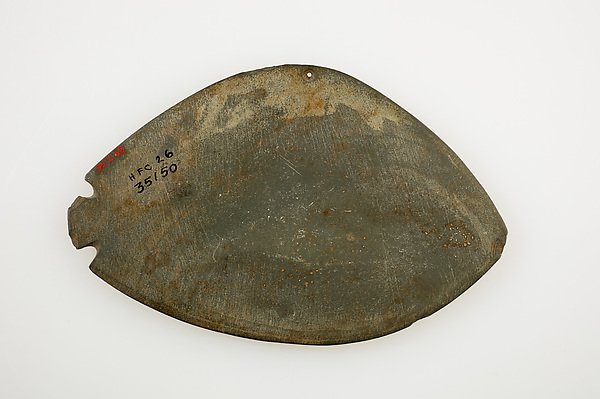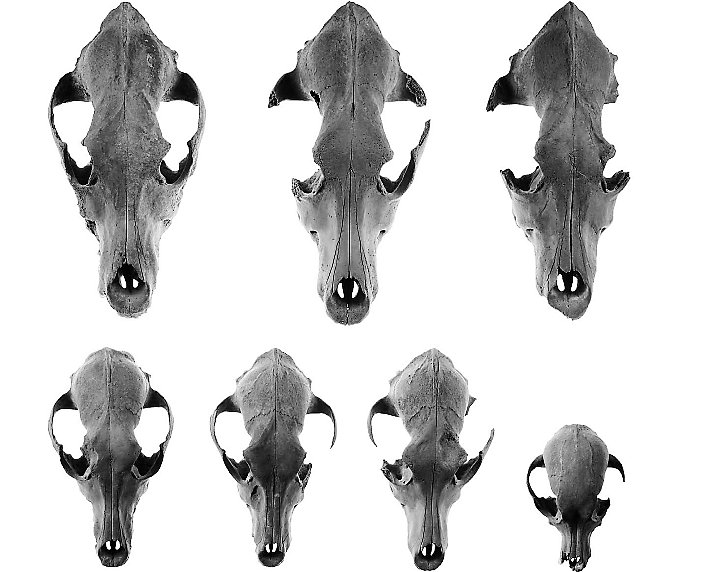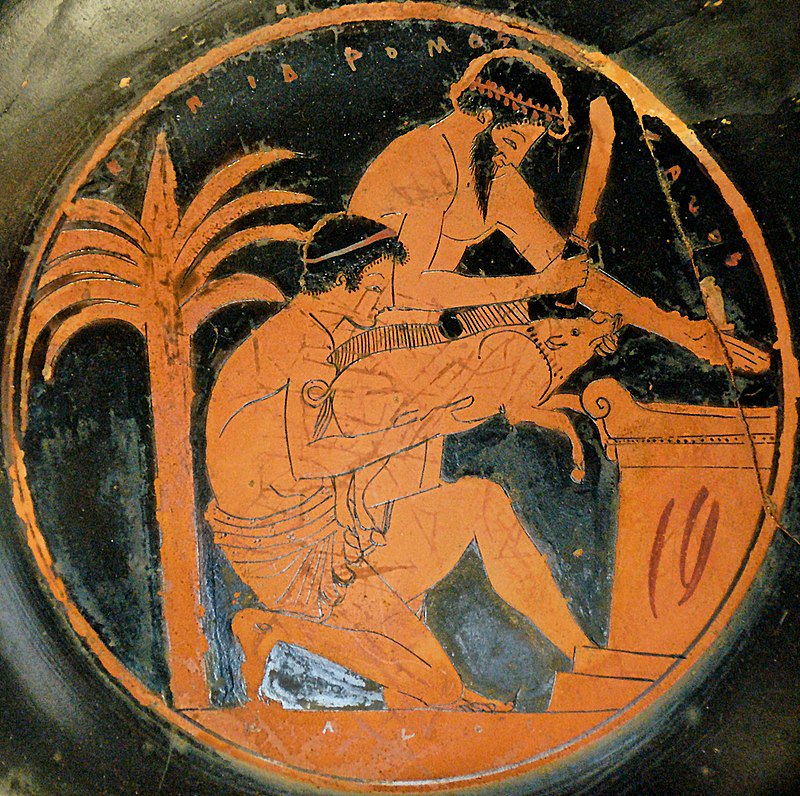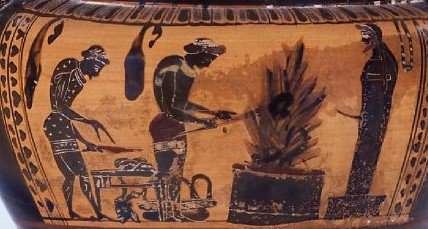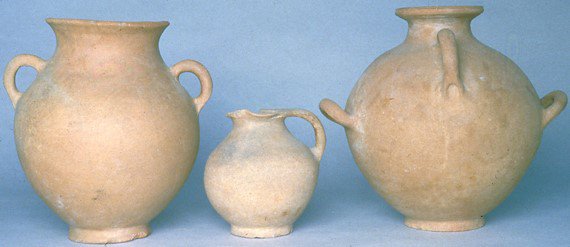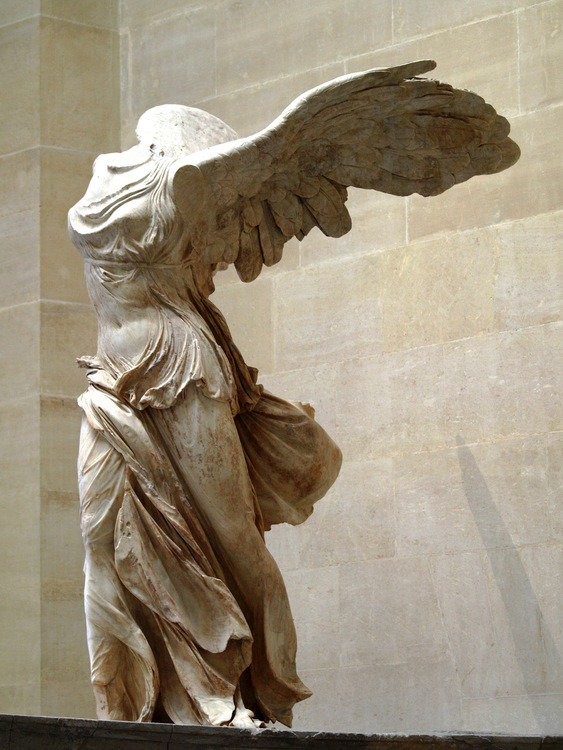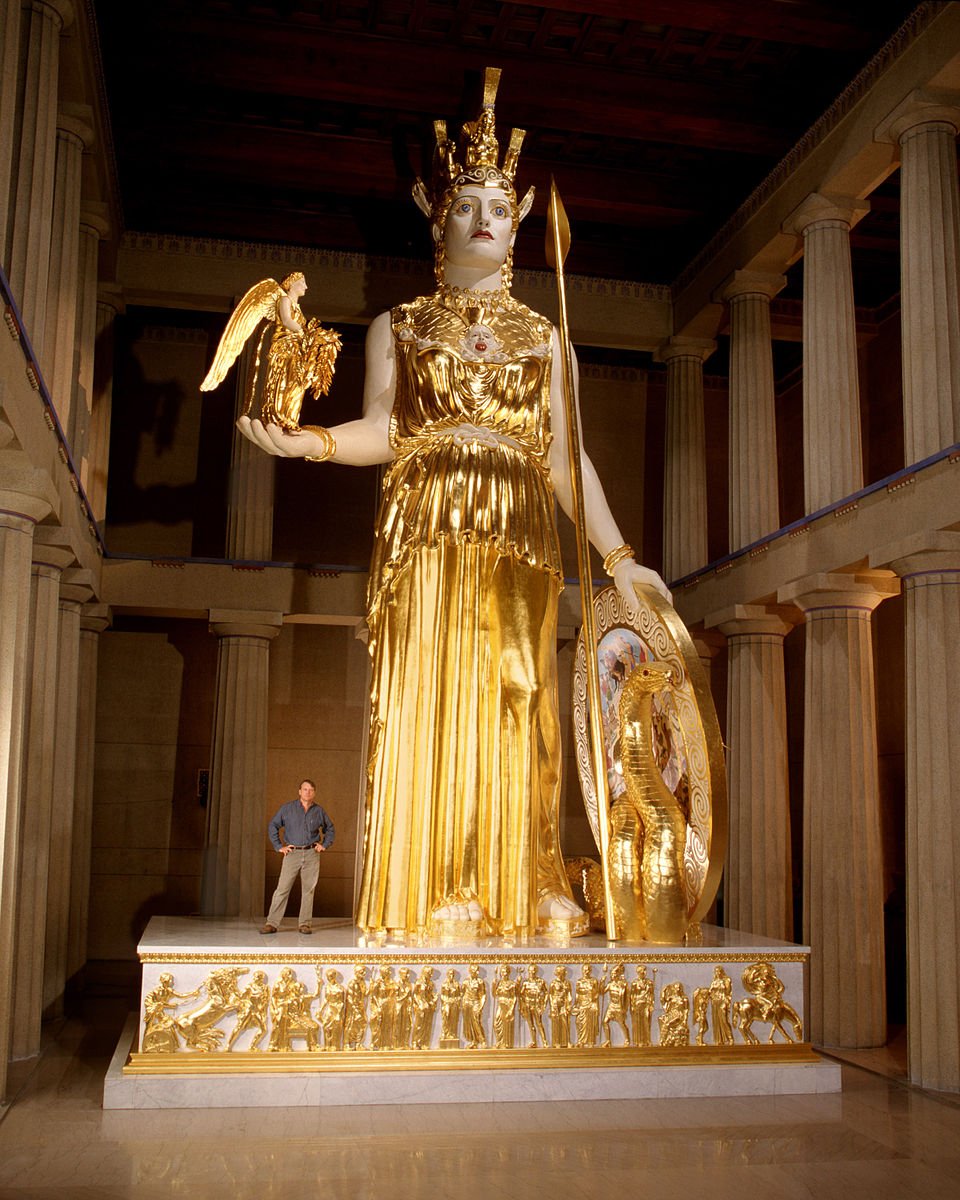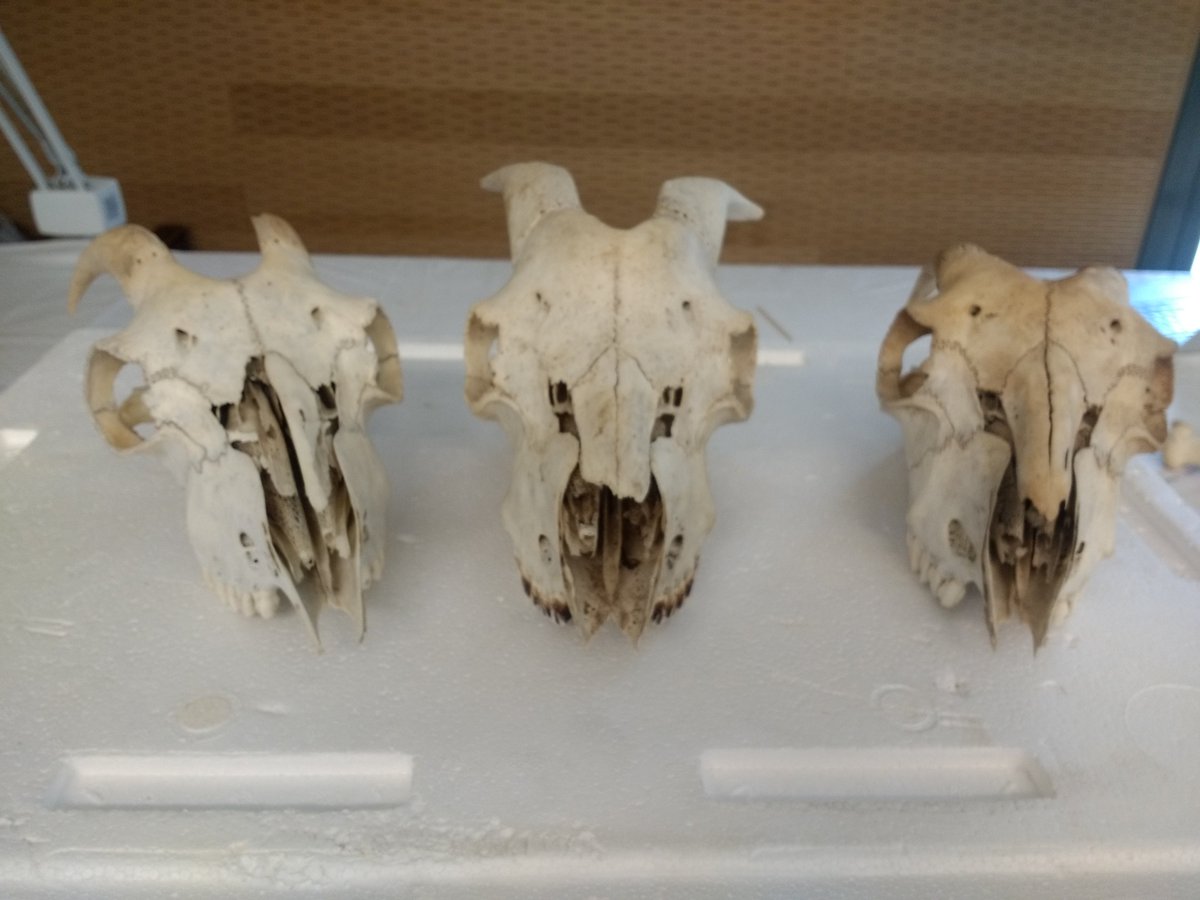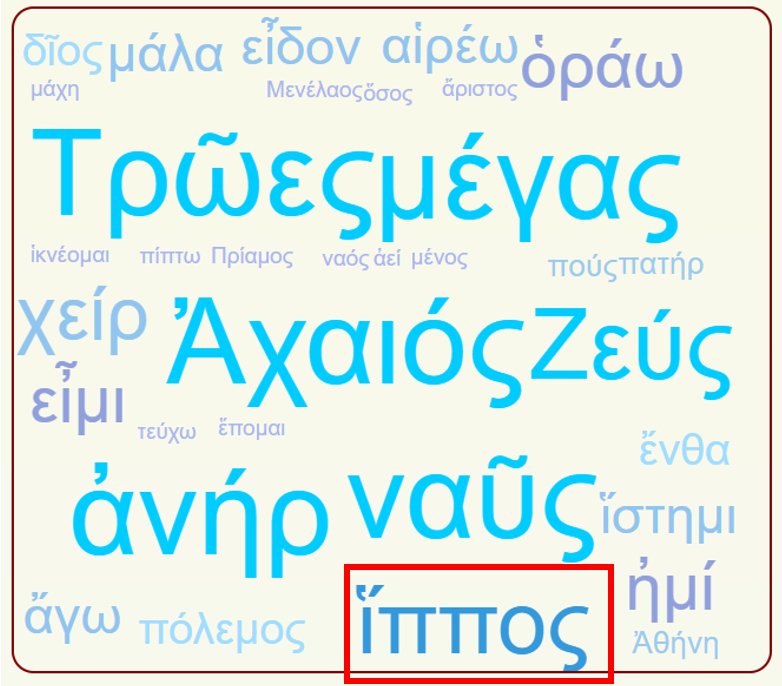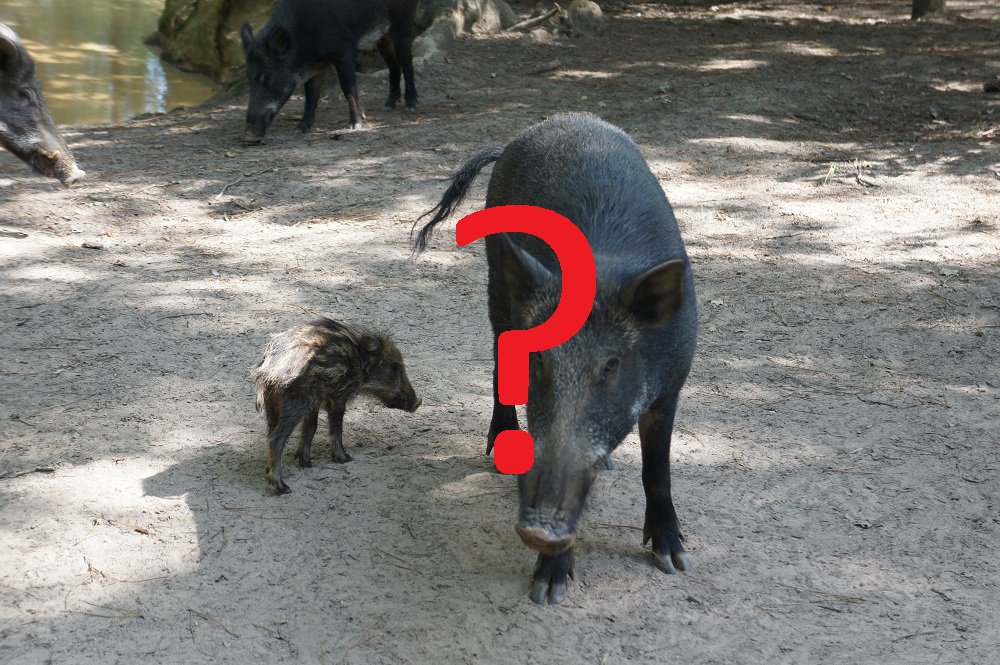A #ClassicalZooarchaeology flamingo thread (in 20 tweets)
Over lunch I checked out depictions of dancing flamingos from 5000+ yrs ago. h/t @ArchaicAnimals for drawing my attention to the super-cool image below
The research-hole didn’t take me where I thought it would…
/1
Over lunch I checked out depictions of dancing flamingos from 5000+ yrs ago. h/t @ArchaicAnimals for drawing my attention to the super-cool image below
The research-hole didn’t take me where I thought it would…
/1
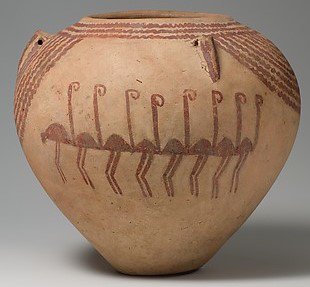
If you google around, these rows of dancing flamingos are depicted on vessels from Upper (southern) Egypt. They come from the cultural group labeled Naqada from predynastic Egypt, before the country was unified under a Pharaoh (we’re talking approx 4000-3000 BC)
/2
/2

The research was made easy because the @metmuseum has many beautiful Naqada artifacts available online
Of course, I’m gonna show you all the best ones, like this vessel with feet or this figurine made of hippo-tusk ivory
/3

Of course, I’m gonna show you all the best ones, like this vessel with feet or this figurine made of hippo-tusk ivory
/3
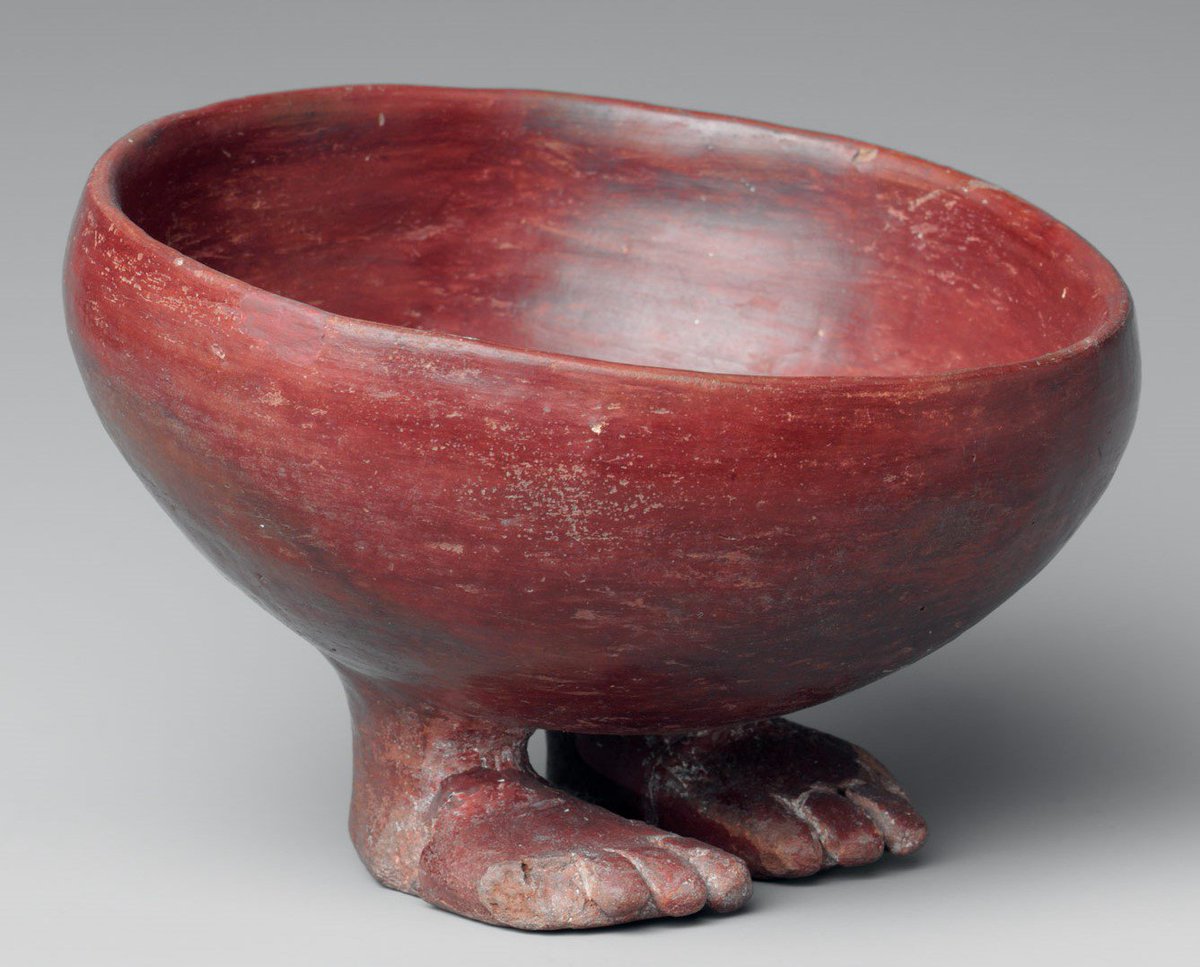

But the Naqada artifacts that really stand out are those that depict wild animals, like the combs below (all made out of animal bone or teeth/ivory) showing 2 ducks, an antelope, and a wildebeest
/4



/4



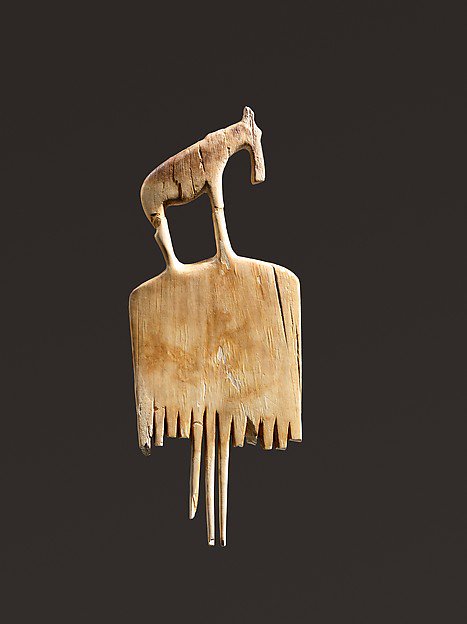
I love this elephant figurine and this serpentinite amulet (sorta) in the shape of an elephant head
Or maybe it’s a predynastic Cthulhu?
/5

Or maybe it’s a predynastic Cthulhu?
/5


Who would want to miss these turtles?
A turtle-shaped bowl, a turtle-shaped stone vessel lid, a turtle palette, and a palette shaped like two turtles
/7



A turtle-shaped bowl, a turtle-shaped stone vessel lid, a turtle palette, and a palette shaped like two turtles
/7

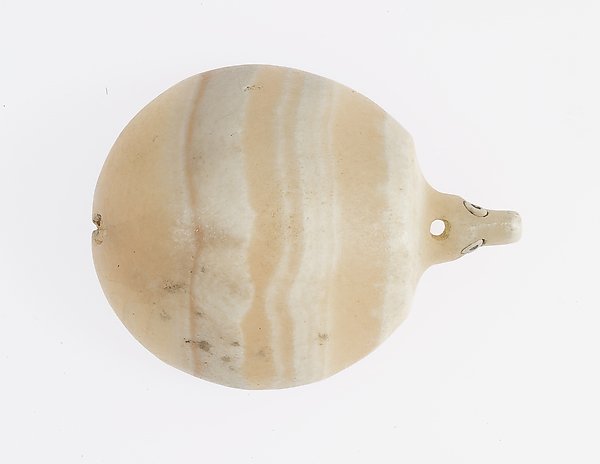


But I think my favorite are these two artifacts made of flint (the rock I’m named after) that have been flaked down and shaped into birds
/8

/8
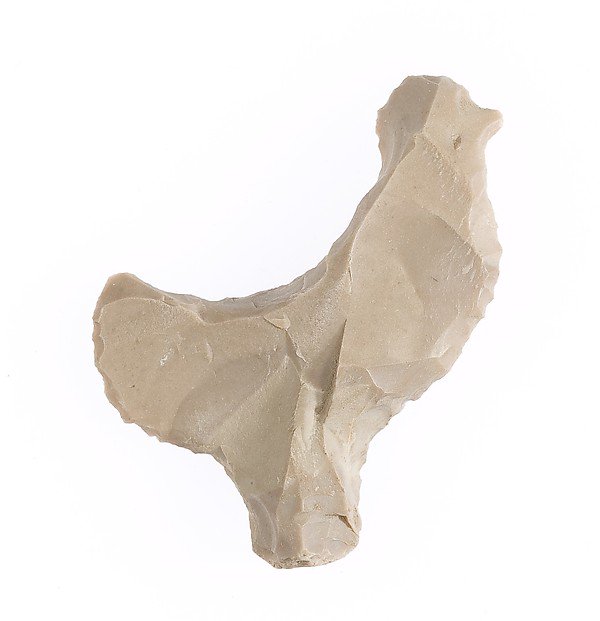

The hippos are also my favorite…
Like this amulet, this comb, and two carved hippos that could be hung on a wall
/9



Like this amulet, this comb, and two carved hippos that could be hung on a wall
/9

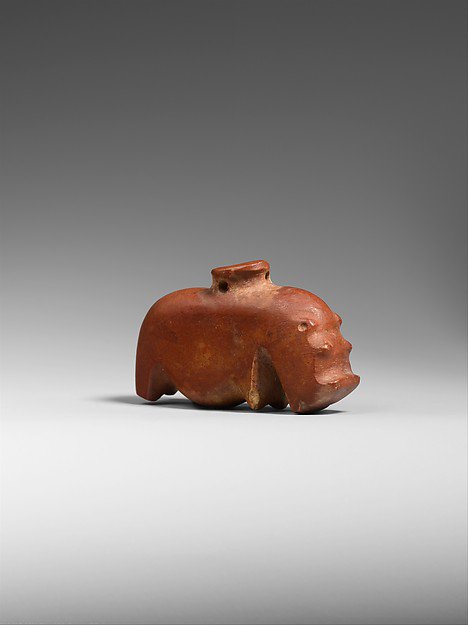
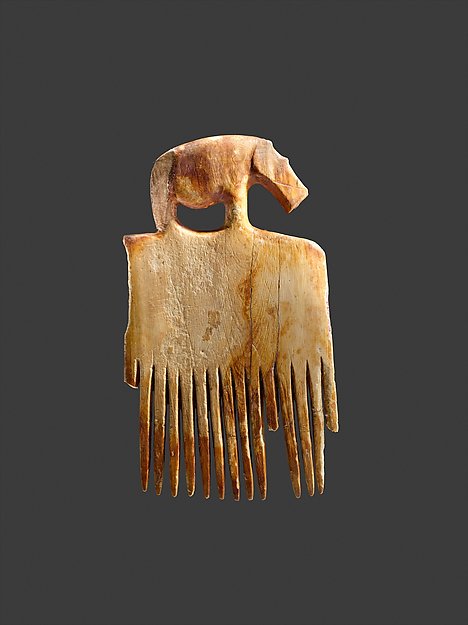

Would you want to be this person on a boat (in the Nile), with a hippo and a croc swimming nearby?
/11
/11

But back to dancing Naqada flamingos…
Like the flamboyance of flamingos on the underside of this box
Yes, a group of flamingos is called a “flamboyance”
/12
Like the flamboyance of flamingos on the underside of this box
Yes, a group of flamingos is called a “flamboyance”
/12
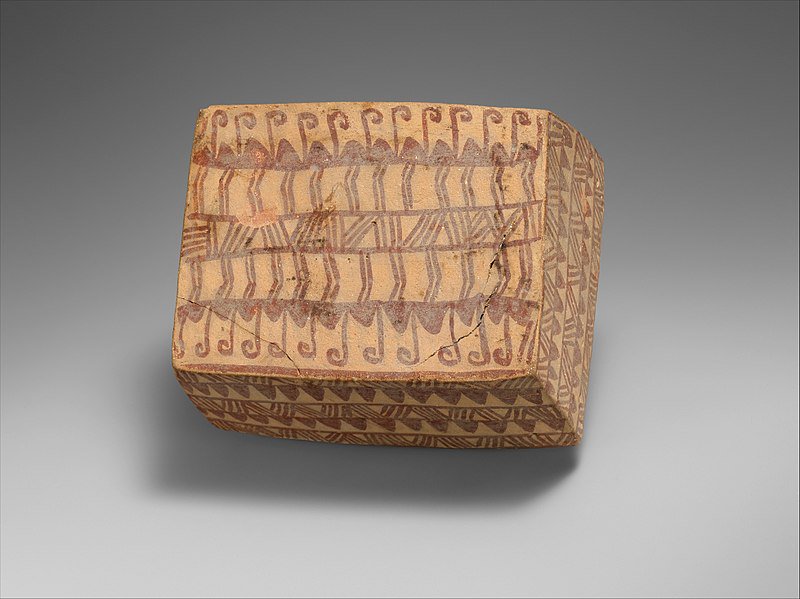
It was this Naqada vessel that first got me worrying that these flamboyances were not depictions of the famous “Dance of the Flamingos”
Are the horned animals above also dancing?
/13
Are the horned animals above also dancing?
/13

Compare with these two ivory objects (a comb and a knife-handle) showing “flamingos” and other animals all lined up
/14

/14
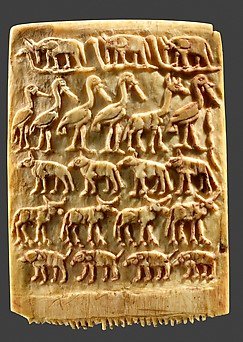

Or how about these other animals shown in a row?
Painted on vessels or impressed into clay sealings
/15

Painted on vessels or impressed into clay sealings
/15
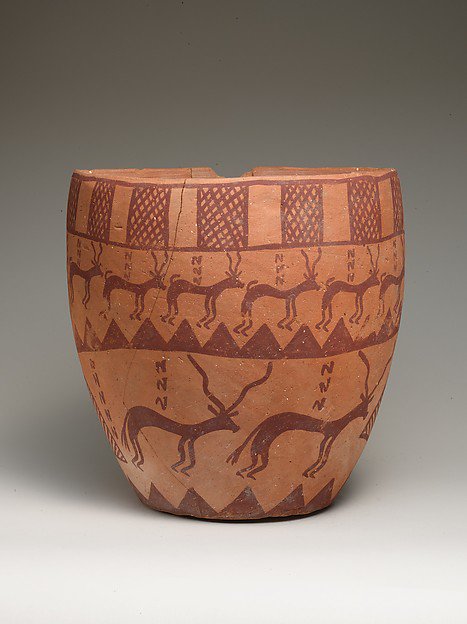

Curious now, I rolled up my sleeves & did some serious academic research. I found a French article by Stan Hendrickx that shows...
A scholarly debate has been raging for over ONE HUNDRED YEARS about whether these birds are actually ostriches or flamingos!
/16
A scholarly debate has been raging for over ONE HUNDRED YEARS about whether these birds are actually ostriches or flamingos!
/16

In 1896, Flinders Petrie first identified the birds on these Naqada vessels (like the ones on this vessel from @BrooklynMuseum) as ostriches. The ostrich was a powerful symbol on predynastic and early dynastic Egyptian art.
/17
/17
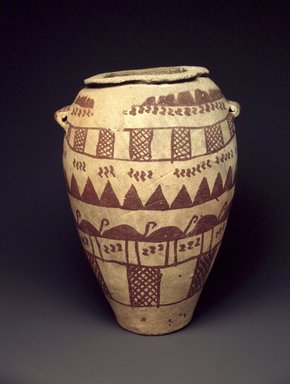
But in 1920, Petrie changed his mind and decided that the Naqada painted birds were flamingos (like these from the Indianapolis Museum of Art)
It’s been debated ever since then… Hendrickx is more on #TeamOstrich, but concedes that some are hybridized with flamingo traits
/18
It’s been debated ever since then… Hendrickx is more on #TeamOstrich, but concedes that some are hybridized with flamingo traits
/18
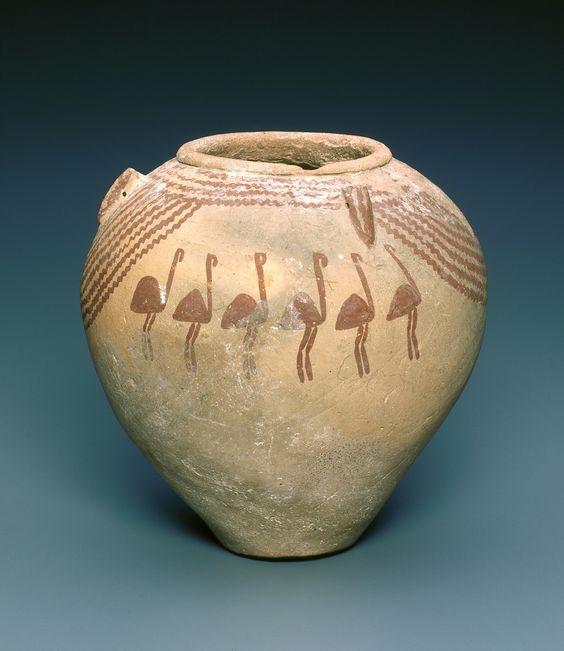
As a zooarchaeologist, I find it difficult to speciate stylized art. It’s funny how things get labeled in museums or catalogs
Couldn’t we also question the ostriches below? A vessel from @HarrogateMuseum, and a bone comb and ostrich egg from @metmuseum
/19


Couldn’t we also question the ostriches below? A vessel from @HarrogateMuseum, and a bone comb and ostrich egg from @metmuseum
/19
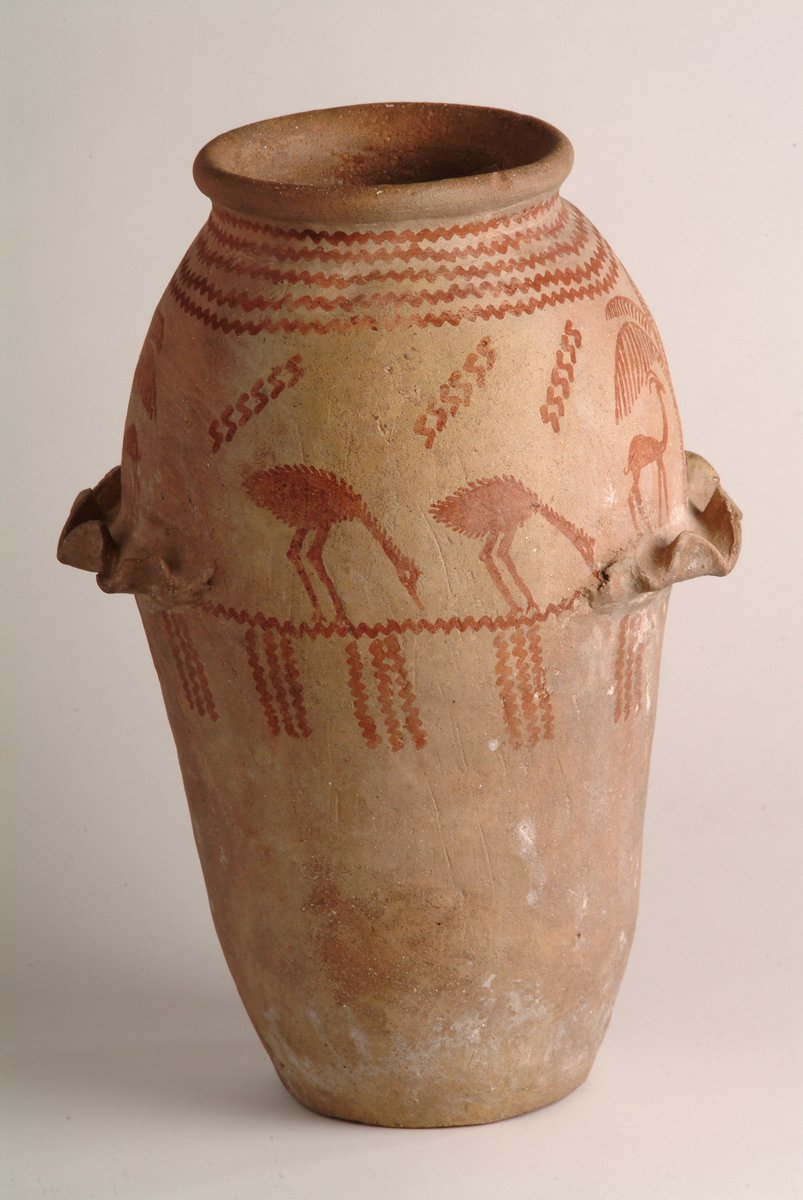
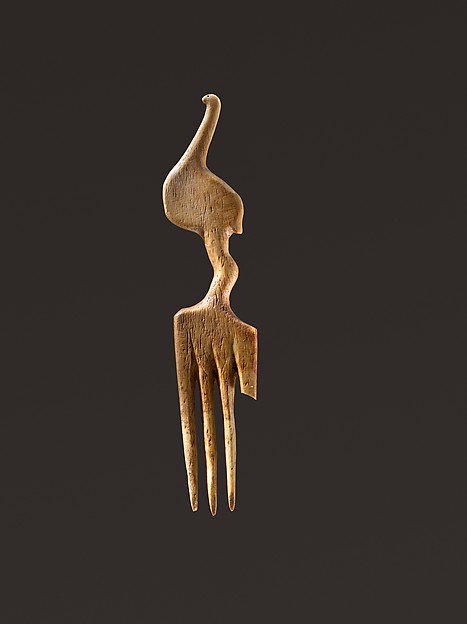
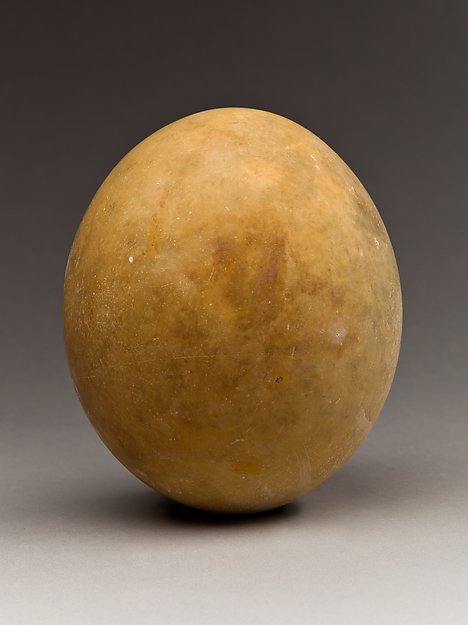
Now, I want your opinion.
Take one last look at the best Naqada depictions I’ve found online of the Dance of the Flamingos
/20



Take one last look at the best Naqada depictions I’ve found online of the Dance of the Flamingos
/20




What do you think these images represent?
I hope you enjoyed! Please share!
For more Twitter threads on my #ClassicalZooarchaeology research and outreach see below
For more Twitter threads on my #ClassicalZooarchaeology research and outreach see below
https://twitter.com/wfdibble/status/978941931714736133
The Twitter was breaking yesterday as I tweeted this thread and just realized a few objects are uncited.
All the unattributed artifacts came from @metmuseum except for the ceramic vessel on tweet 2 which came from @britishmuseum
All the unattributed artifacts came from @metmuseum except for the ceramic vessel on tweet 2 which came from @britishmuseum
And some more amazing ostringos or flaminches!
https://twitter.com/Rebecca52731232/status/989548989845565440?s=19
For more twitter threads about animals in ancient art and myth, check out below 👇👇👇
https://twitter.com/FlintDibble/status/1000000774385135617
• • •
Missing some Tweet in this thread? You can try to
force a refresh


